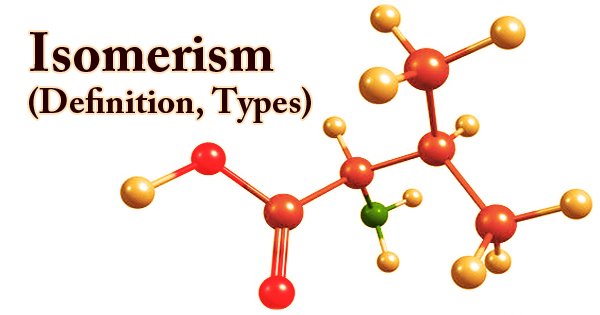Not all sound is considered noise pollution. The World Health Organization (WHO) defines noise above 65 decibels (dB) as noise pollution. To be precise, noise becomes harmful when it exceeds 75 decibels (dB) and is painful above 120 dB. As a consequence, it is recommended noise levels be kept below 65 dB during the day and indicates that restful sleep is impossible with nighttime ambient noise levels in excess of 30 dB.
Most of us are very used to the sounds we hear in everyday life. Loud music, the television, people talking on their phone, the traffic, and even pets barking in the middle of the night. All of these have become a part of the urban culture and rarely disturb us. However, when the sound of the television keeps you from sleeping all night or the traffic starts to give you a headache, it stops becoming just noise and starts turning into noise pollution. For many of us, the concept of pollution is limited to nature and resources. However, noise that tends to disrupt the natural rhythm of life makes for one solid pollutant.
By definition, noise pollution takes place when there is either an excessive amount of noise or an unpleasant sound that causes a temporary disruption in the natural balance. This definition is usually applicable to sounds or noises that are unnatural in either their volume or their production. Our environment is such that it has become difficult to escape the noise. Even electrical appliances at home have a constant hum or beeping sound. By and large, lack of urban planning increases the exposure to unwanted sounds. This is why understanding noise pollution is necessary to curb it in time.
So much so that the European Environment Agency estimates that noise is responsible for 72,000 hospital admissions and 16,600 premature deaths every year in Europe alone.
While the elderly may have cardiac problems due to noise, according to the World Health Organization (WHO), children are especially vulnerable to noise, and the effects that noise has on children may be permanent. Noise poses a serious threat to a child’s physical and psychological health, and may negatively interfere with a child’s learning and behavior.
Noise control –
International bodies like the WHO agree that awareness of noise pollution is essential to beat this invisible enemy. For example: avoid very noisy leisure activities, opt for alternatives means of transport such as bicycles or electric vehicles overtaking the car, do your housework at recommended times, insulate homes with noise-absorbing materials, etc. Educating the younger generation is also an essential aspect of environmental education.
Noise from roadways and other urban factors can be mitigated by urban planning and better design of roads. Roadway noise can be reduced by the use of noise barriers, limitation of vehicle speeds, alteration of roadway surface texture, limitation of heavy vehicles, use of traffic controls that smooth vehicle flows to reduce braking and acceleration, and tire design. An important factor in applying these strategies is a computer model for roadway noise that is capable of addressing local topography, meteorology, traffic operations, and hypothetical mitigation. Costs of building-in mitigation can be modest, provided these solutions are sought in the planning stage of a roadway project.
As is controlling the sound levels in clubs, bars, parties, and discos. Better urban planning can help in creating ‘No-Noise’ zones, where honking and industrial noise are not tolerated. It is only when our understanding of noise pollution is complete, can we take steps to eradicate it completely.
Governments can also take measures to ensure correct noise management and reduce noise pollution. For example: protecting certain areas parts of the countryside, areas of natural interest, city parks, etc. from noise, establishing regulations that include preventive and corrective measures the mandatory separation between residential zones and sources of noise like airports, fines for exceeding noise limits, etc., installing noise insulation in new buildings, creating pedestrian areas where traffic is only allowed to enter to offload goods at certain times, replacing traditional asphalt with more efficient options that can reduce traffic noise by up to 3 dB, among others.
Aircraft noise can be reduced by using quieter jet engines. Altering flight paths and time of day runway has benefited residents near airports.
Information Sources:
















